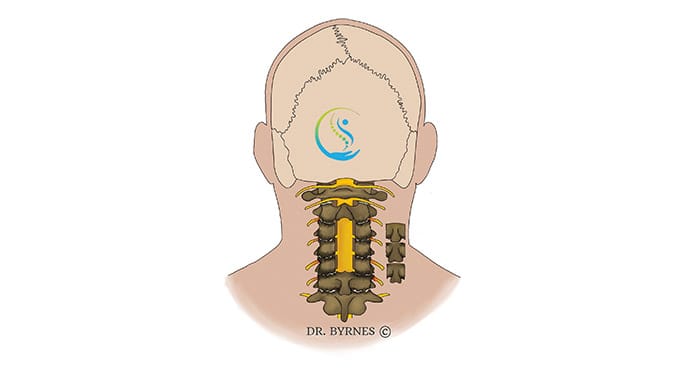
Cervical decompression, also known as cervical laminectomy, is a surgical procedure performed to alleviate spinal cord compression in the neck (cervical) region.
This technique removes bone structures, causing compression to relieve and improve neurological function.
This article will discuss the indications, techniques, benefits, and potential risks of cervical decompression.
Cervical decompression is primarily indicated for patients suffering from cervical spinal stenosis, a narrowing of the spinal canal that causes compression of the spinal cord.
Common causes of cervical spinal stenosis include degenerative disc disease, spinal tumours, trauma, or infection.
Symptoms that may warrant this procedure include neck pain, radiculopathy (nerve root compression), myelopathy (spinal cord compression), and muscle weakness or numbness in the arms or hands.
Cervical decompression is performed under general anaesthesia with the patient positioned prone on the operating table. The procedure typically involves the following steps:
Cervical decompression offers several advantages to patients suffering from cervical spinal stenosis, including:
As with any surgical procedure, cervical decompression carries potential risks, including:
Cervical decompression is an effective surgical treatment for cervical spinal stenosis, providing significant relief from neurological symptoms and improving the patient's quality of life.
However, potential risks and complications should be carefully considered and discussed with the patient and surgeon before proceeding with the surgery.
Proper patient selection, meticulous surgical technique, and comprehensive postoperative care can significantly improve outcomes and overall patient satisfaction.
